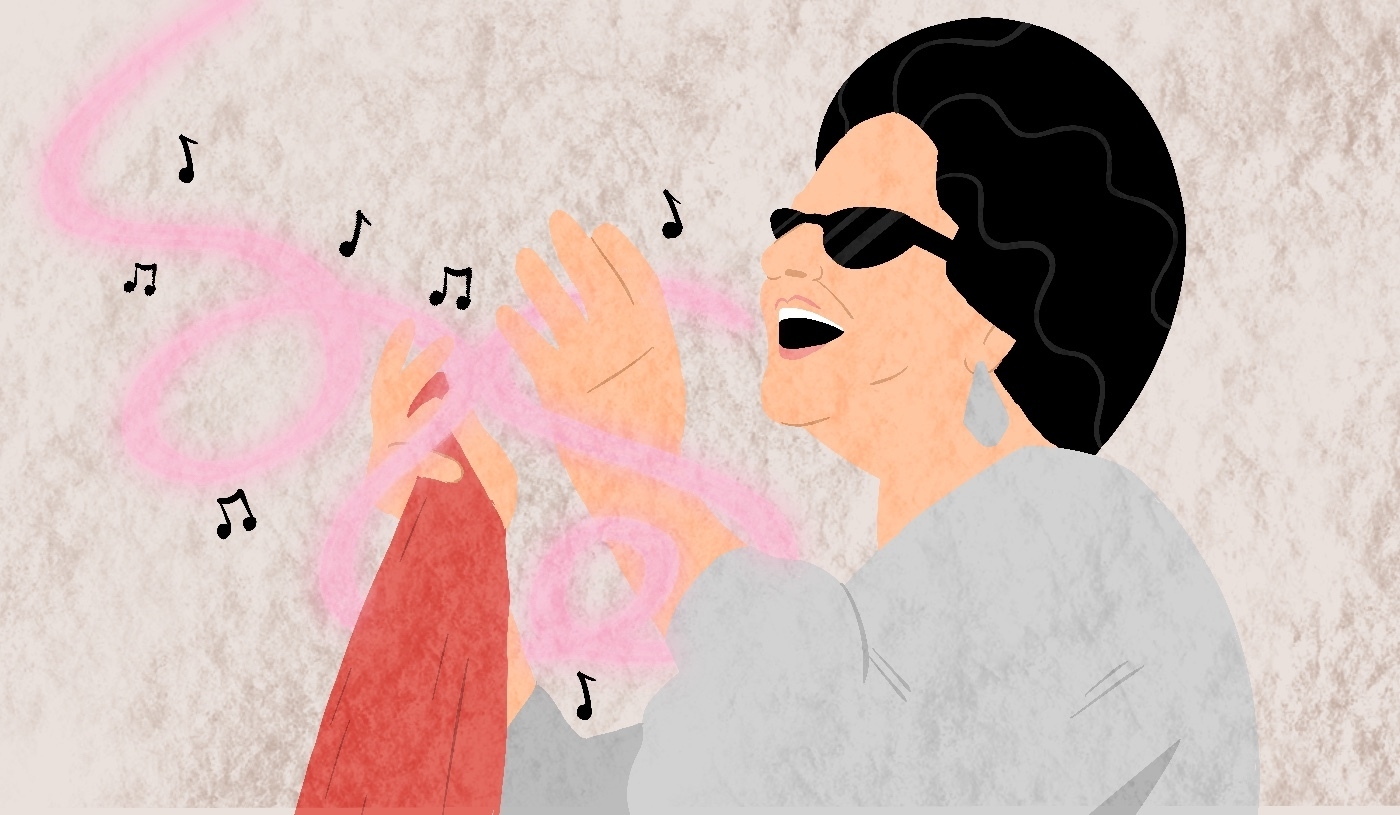
The Star of the East: Umm Kulthum and the birth of the Arab diva

Born Fatima Ibrahim es-Sayyed in 1898 in a small village in the Nile Delta, the young girl who would become Umm Kulthum earned a reputation for a powerful voice with which she would sing religious odes.
Her father, a Quran reciter, would sing religious songs at weddings and special occasions to earn some extra money, and when his daughter's talents became apparent, he started taking her with him to perform.
At the time, it was uncommon for girls to attend such gatherings, let alone sing at them, especially within conservative communities. Nevertheless, Umm Kulthum's father noticed his daughter's prodigious voice and disguised her as a boy in order to let her perform.
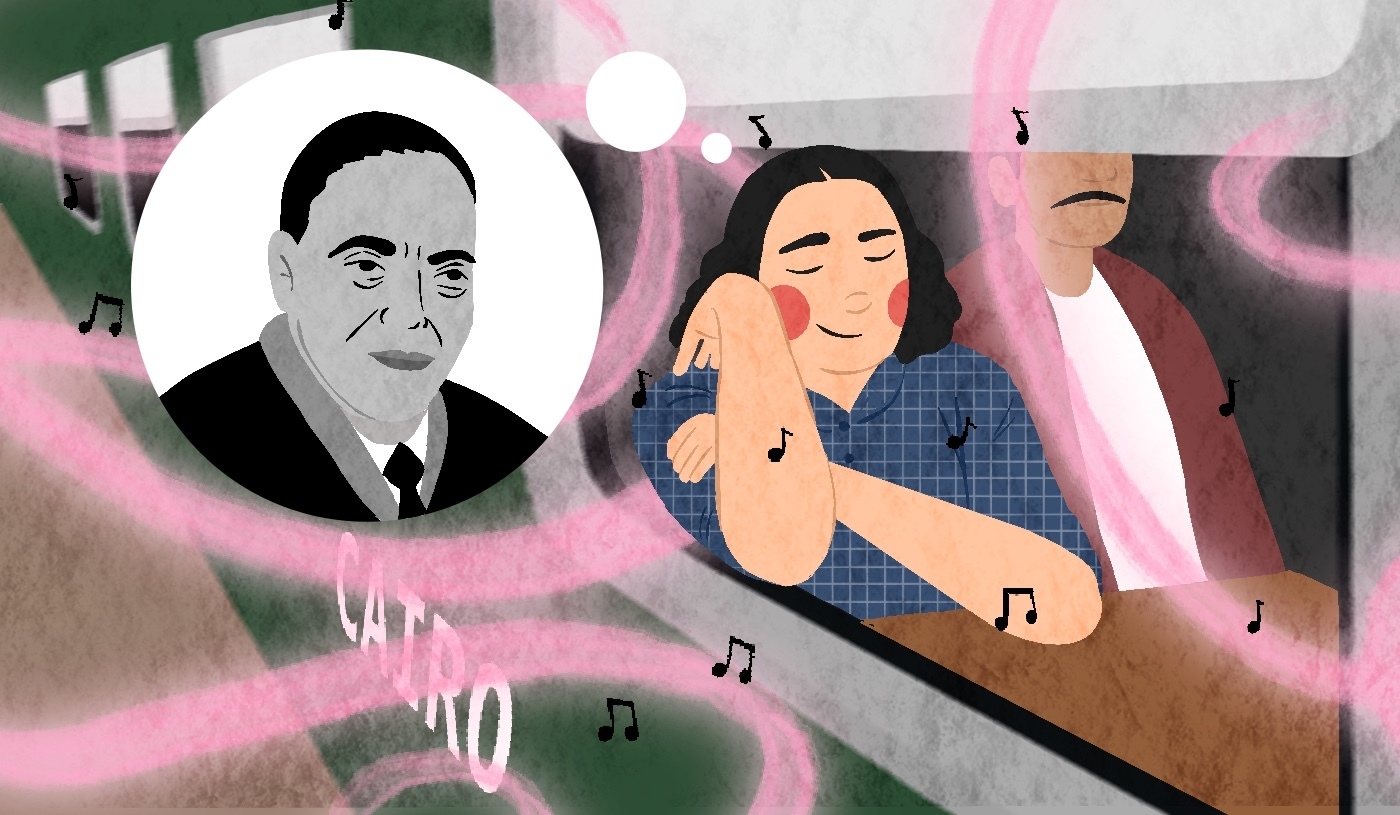
Despite the social taboos involved with women singing, Umm Kulthum made an impression on her father for her ability to distinguish between different tones and her musical depth, which could captivate audiences. Wanting to ensure that his daughter's potential was fulfilled, he moved her to Cairo in 1923, where she trained under some of Egypt's best poets, musicians and teachers.
While in Cairo, Umm Kulthum began diversifying the type of songs she performed, from exclusively religious songs to ones in the classical Arabic style. Her look also changed, from traditional outfits to those more influenced by European styles.
(All illustrations by Mohamad Elaasar.)
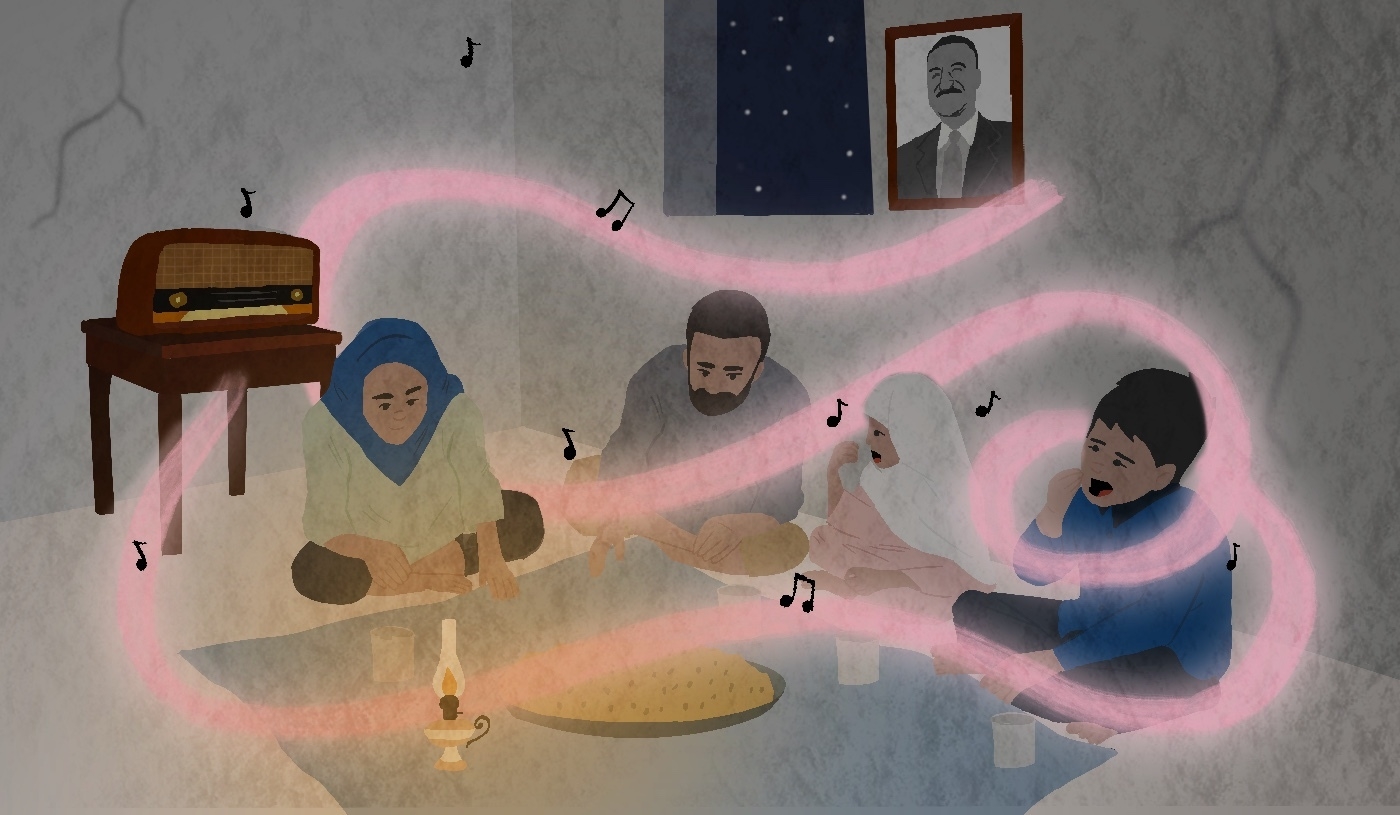
Not everyone in Cairo immediately warmed to Umm Kulthum, due to her peasant background and a demeanour that was considered working class and uncouth. However, the strength of her voice and abilities as a performer slowly turned doubters into believers. Her performances at smaller venues earned her opportunities to sing at bigger stages, until the 1930s, when she was invited to perform on Egyptian state-run radio. This secured her status as one of the Arab world’s best singers, and before the age of television in the 1940s and 50s it was common for families to wait by the radio in anticipation of her songs.
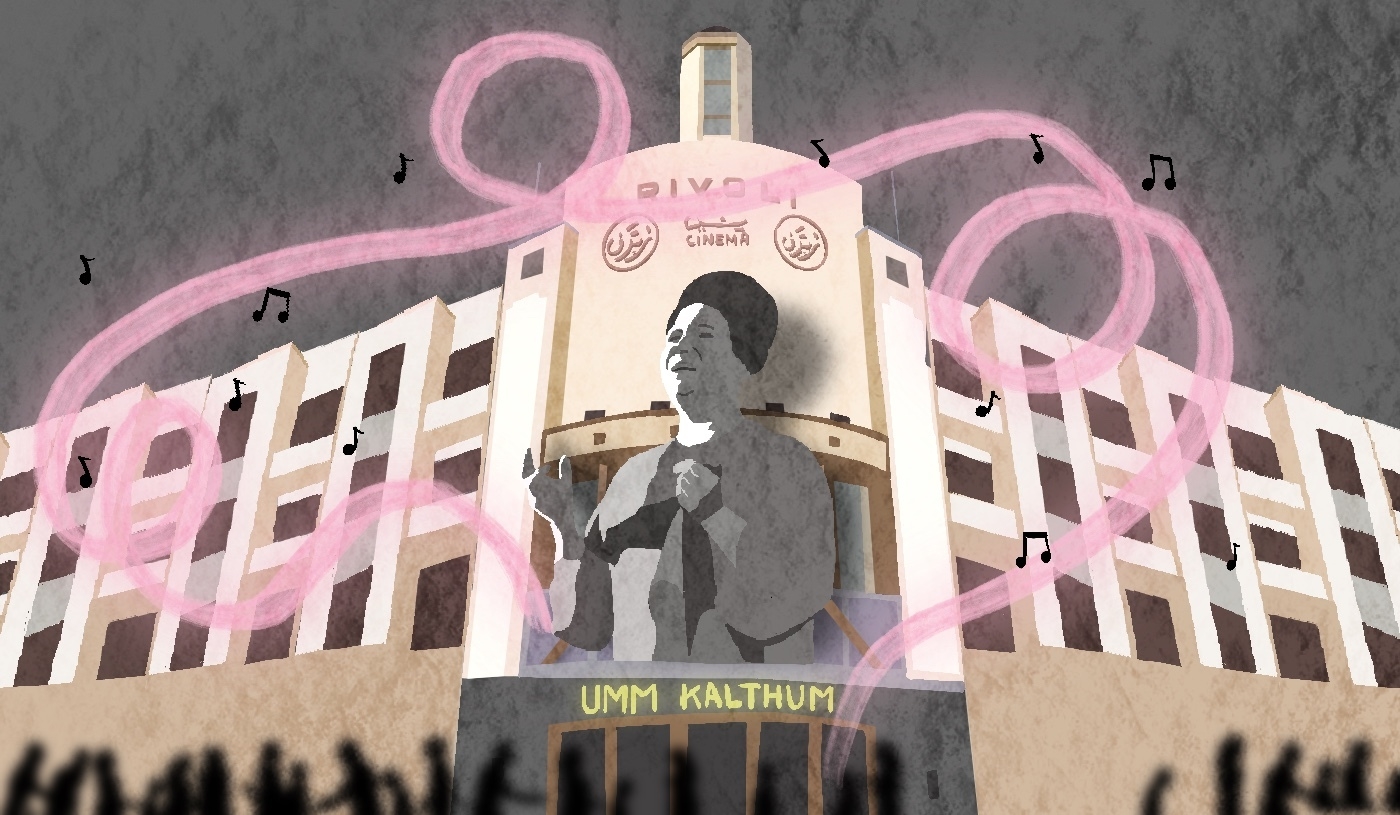
Umm Kulthum's radio segments were weekly and her broadcasted concerts would sometimes last for as long as five hours at a time. They were an opportunity for her audience to escape the troubles of everyday life and political instability. While primarily a singer, Umm Kulthum also appeared in a number of films, primarily musicals.
While her songs were mainly influenced by traditional Arabic poetry and its associated themes of love and longing, the latter half of her career was heavily influenced by prevailing nationalist sentiments. Egyptian President Gamal Abdel Nasser, the country's second republican leader, would often broadcast his speeches off the back of Umm Kulthum songs, and the singer herself toured Europe, raising money for her country during conflicts with Israel.
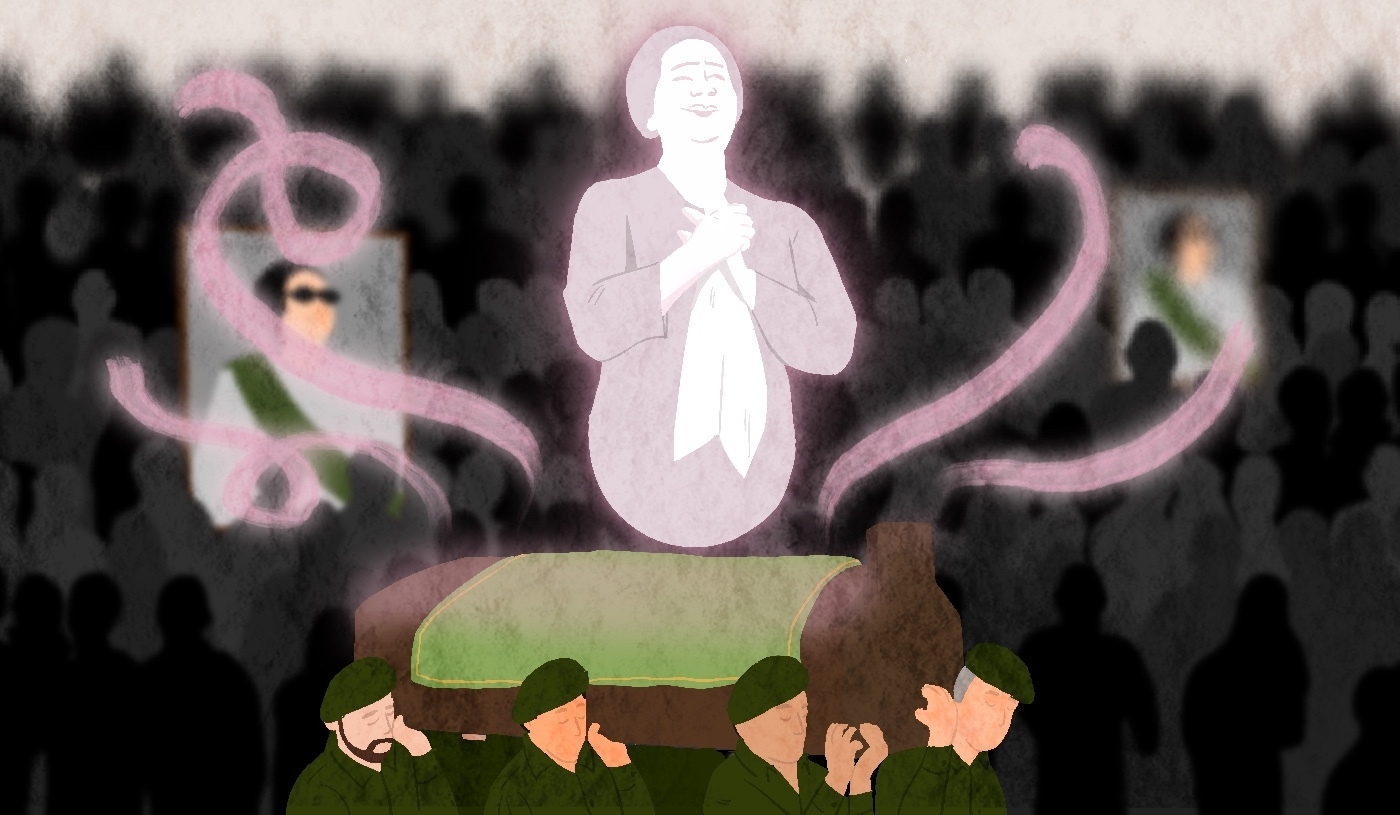
Umm Kulthum carried on performing until the 1970s, when she started experiencing kidney problems. She died in 1975 from kidney failure, with her funeral drawing around four million mourners in Egypt. Her coffin was carried on the shoulders of mourners for hours on the streets.
Decades after her death her legacy remains unmatched, and in many ways the Egyptian singer remains the archetype for all Arab divas. Her songs are still regularly played on TV and radio, with many singers attempting to remix her tracks for modern audiences.
This article is available in French on Middle East Eye French edition.
Middle East Eye delivers independent and unrivalled coverage and analysis of the Middle East, North Africa and beyond. To learn more about republishing this content and the associated fees, please fill out this form. More about MEE can be found here.




